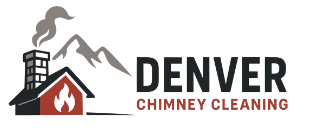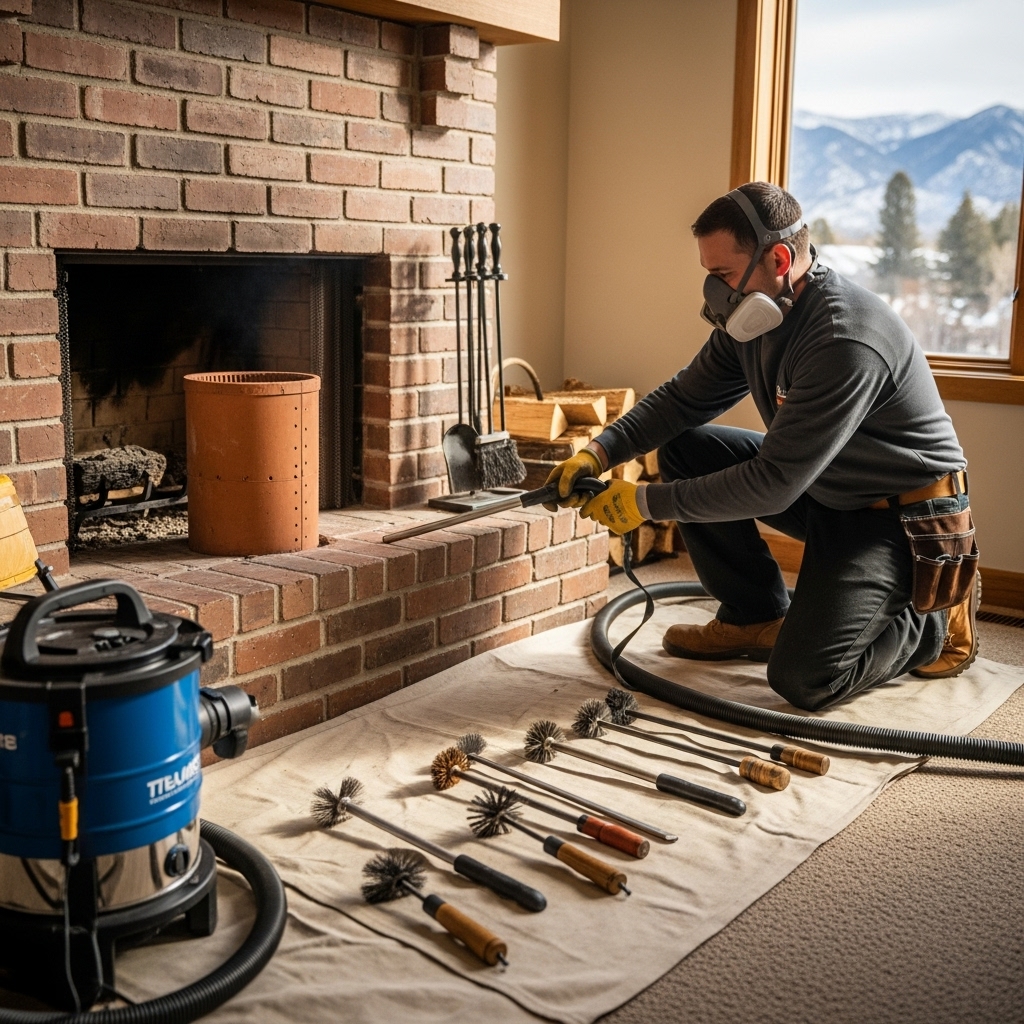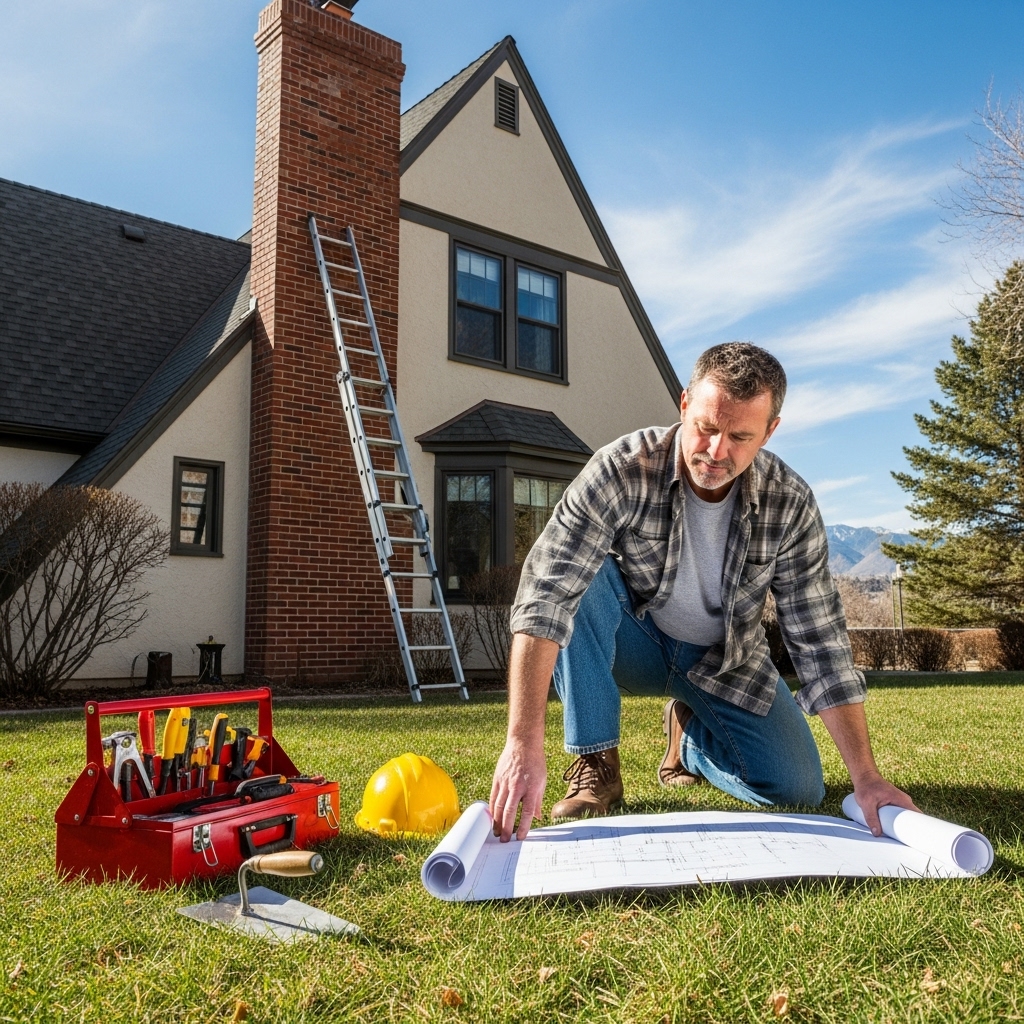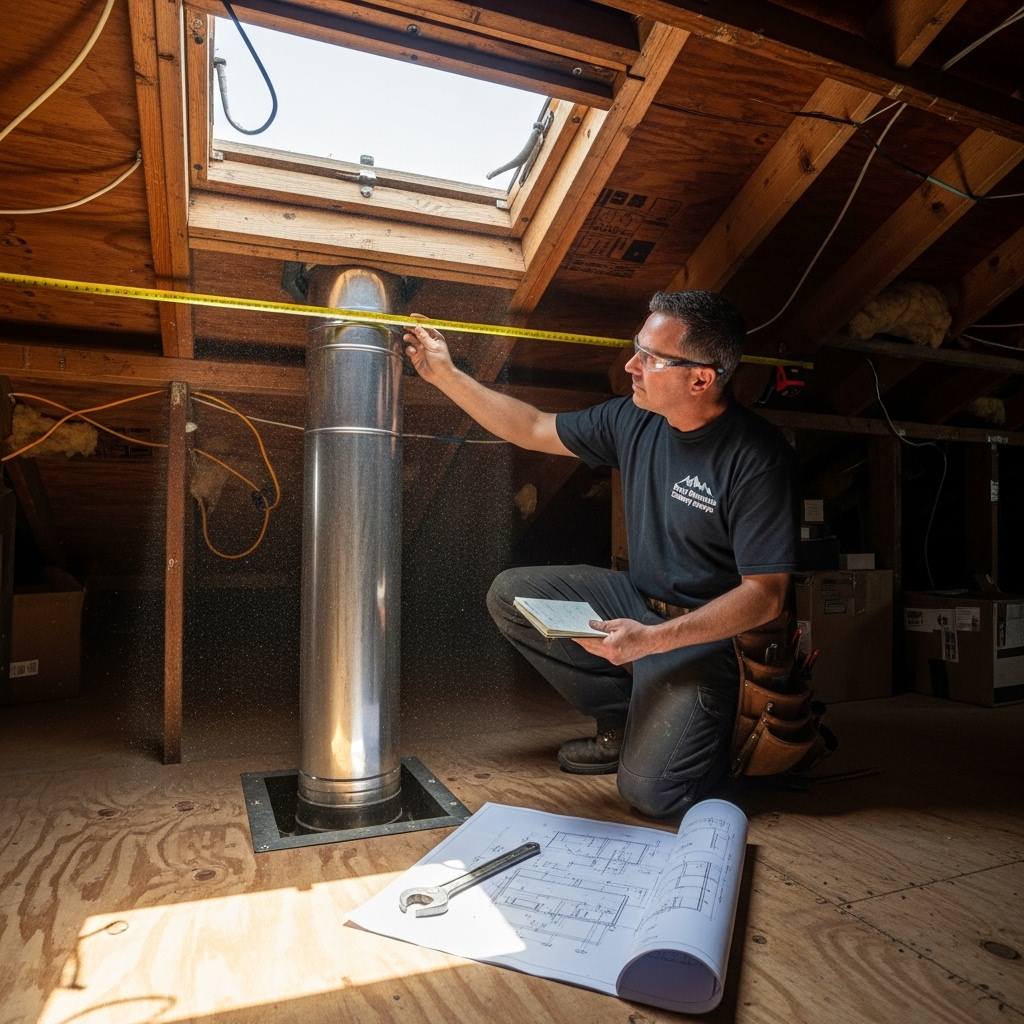Understanding What Shapes Your Chimney Service in Denver
Homeowners across the Front Range often wonder what truly shapes the scope and effort involved in caring for a fireplace and flue in an alpine city like Denver. While many people first think in terms of dollars, the most valuable way to look at the topic is to understand the elements that influence planning, time, complexity, and outcomes. From altitude-driven weather to the variety of fuel types used in local homes, there are many reasons to prioritize regular chimney cleaning as preventive maintenance. The better you understand those influences, the easier it becomes to schedule confidently, prepare your home, and ensure a smooth, thorough visit.
Think of your flue and venting system as a safety appliance, not just a passageway. In a high-elevation climate, air density, temperature swings, and seasonal winds all interact with the draft that carries smoke byproducts up and out. When that draft is strong and the interior surfaces are clean, fireplaces and stoves operate more efficiently and predictably. When the interior is coated with residue, airflow can change, odors may develop, and risks increase. Mapping these dynamics is the first step toward making good decisions year after year.
Denver’s Climate and How It Affects Your Chimney
Denver’s sunny winters, dramatic temperature shifts, and occasional snowstorms create a unique environment for combustion appliances. Cold nights encourage more frequent burning, while warm afternoons can create downdrafts if the chimney is not conditioned. Wind gusts along the foothills can push debris into caps and screens. Meanwhile, the freeze–thaw cycle influences masonry joints and crown surfaces, occasionally allowing moisture to linger in micro-cracks. Each of these conditions can change how soot and creosote accumulate, how quickly odors appear in shoulder seasons, and how the system drafts during spring and fall transitions.
In addition, smoke from regional wildfires can deposit fine particulates on exterior components. Even if you did not burn frequently in a particular season, that external film can settle on caps and screens, influencing airflow. Denver’s elevation also means lower oxygen levels, which can affect combustion characteristics for certain appliances; poorly tuned equipment may produce more byproducts, and those byproducts can adhere more quickly to cooler flue walls.
The Anatomy of a Safe Chimney System
A typical system includes the firebox or appliance, the smoke chamber, the flue (lined with clay tiles, stainless steel, or another liner), the crown, the cap, and various connectors or transitions. Each component plays a role in moving exhaust safely away from your living space. Clay-tile liners are common in older masonry chimneys; they are durable but can develop gaps at the joints with age. Factory-built systems rely on listed metal components and insulated chimneys that require specific clearances and supports. Understanding your system type helps explain why two neighbors might have very different service experiences even if they heat their homes in similar ways.
The connector pipe from a wood stove to the main chimney, for example, can accumulate flaky soot faster if the appliance runs at low temperatures for extended periods. The smoke chamber above an open fireplace can collect smoke-wash residue if transitions are rough or if there is no properly fitted smoke shelf. And the cap—often a small, overlooked component—can keep animals, leaves, and precipitation out while also providing a spark arrestor screen.
Fuel Choices and Residue Formation
Fuel choice is a major driver of how quickly residue builds. Seasoned hardwood burned hot and steady generally leaves less tar-like buildup than damp wood or mixed scrap. Gas fireplaces create different deposits—usually lighter but still capable of producing film that clings to cooler sections of the vent. Pellet appliances burn efficiently but produce fine ash that can drift into elbows and horizontal runs if not managed. In Denver, where homeowners may mix wood-burning ambiance with gas convenience, a single property might have multiple appliances and vent types, each with its own maintenance rhythm.
Another consideration is burn habit. Short, smoky fires lit for ambiance tend to cool the flue repeatedly, encouraging condensation of vapors on the flue walls. Longer, hotter burns tend to keep surfaces warmer and the draft stable, helping byproducts pass through more cleanly. The takeaway: your habits influence the internal environment. When those habits change—say, you start using your fireplace every weekend—the timeline for service may change with them.
Use Frequency and Seasonal Patterns
Denver’s winter can arrive early and linger, which sometimes leads homeowners to extend their burning season into spring storms. That extended season, combined with shoulder-season downdrafts, can leave a flue with more varied residue than in cities with milder winters. If you used your fireplace heavily during a particularly cold year, or ran a wood stove for supplemental heat, expect the system to need attention sooner than a season of light use for ambiance alone.
Multi-unit properties, rental homes, and vacation rentals add another layer. Different users with varying burn practices can create inconsistent residue patterns. If you manage such a property, a conservative maintenance cadence is wise, supported by clear house rules for fuel selection and appliance operation.
Access, Height, and Roof Architecture
Safety and practicality matter. Steep pitches, multiple rooflines, and hard-to-reach crowns require additional setup, protective measures, and careful movement to prevent damage to shingles and gutters. In winter, icy surfaces and snow accumulation can add complexity. Even single-story homes can have tricky access if landscaping is dense, if there are skylights near the chimney, or if ventilation equipment shares the same area. Planning for safe access often begins with a quick look at property photos or a pre-visit conversation to learn about roof pitch, ladder placement, and parking proximity.
Once access is secured, a clean workspace inside is just as important. Protecting floors, mantels, and furnishings with drop cloths and localized containment helps keep soot where it belongs: in the vacuum filtration and not in your living room. This is part of why preparation guidance is valuable; a few minutes of furniture repositioning can streamline the entire visit.
Masonry vs. Factory-Built Systems
Masonry chimneys, often built with brick and mortar and lined with clay tiles, age differently than factory-built metal systems. Mortar joints can recede, crowns can weather, and tile liners can crack from seismic movement or thermal shock. Factory-built systems, meanwhile, depend on listed, matched components; if parts are missing or substituted, performance and safety can change. Both systems benefit from routine sweeping and inspection, but the conversation about maintenance often diverges depending on construction and age.
If you recently purchased a home in one of Denver’s historic neighborhoods, you may have inherited a beautifully crafted masonry chimney that needs stewardship to remain safe and functional. Conversely, newer developments often feature factory-built units designed for specific clearances and vent diameters. Understanding which category you have helps set expectations for the kind of attention your system will need over the years.
Wildlife, Moisture, and Exterior Conditions
Birds, squirrels, and raccoons look for warm, protected spaces. An uncapped or damaged-capped chimney can be an appealing target, especially during spring nesting. Nests restrict airflow and can create blockages that are hazardous if unnoticed. Moisture from rain and snow can carry dissolved minerals that stain masonry, seep into hairline cracks, and interact with soot to create acidic compounds. A sound cap and crown, clear screens, and intact flashing all contribute to a chimney that remains dry and clean longer between appointments.
Denver’s hail events can also affect exterior metal, screens, and crowns. After any significant storm, a quick visual check from the ground with binoculars or a drone operated by a qualified professional can reveal bent screens or displaced covers that warrant attention before the next burning season.
Appointment Length, Methods, and Expectations
While every property is unique, most homeowners can expect a systematic process that starts with site preparation, moves to interior or rooftop cleaning methods (or both), and concludes with a visual or camera-assisted inspection. The technician will select the right brushes and rods for your flue diameter and liner type, use high-filtration vacuums to control fine particles, and collect notes on any damage or anomalies observed. The goal is to leave the flue free of obstructive residue, the smoke chamber properly addressed, and the workspace tidy.
Documentation can be as valuable as the cleaning itself. Photos, written observations, and maintenance recommendations help you plan future work and build a history for insurance or real estate disclosures. If you have multiple appliances, expect the visit to proceed in a way that reduces cross-contamination, typically starting with the cleanest system and moving to appliances with heavier residue.
Cleaning, Inspection, and When Repairs Enter the Picture
Cleaning removes combustibles and obstructions; inspection evaluates condition; repairs restore integrity and performance. Sometimes all three occur in a single coordinated plan. For example, a technician might clean an open fireplace flue, then discover that the smoke chamber needs smoothing or that the crown is spalling. In such cases, you’ll receive a prioritized set of recommendations, with safety-critical items emphasized. Separating these categories in your mind helps you ask focused questions and schedule intelligently.
Repairs can range from simple cap replacements to liner relining or smoke chamber parging. Many homeowners choose to address exterior weathering in the warm season and interior work before autumn, aligning with Denver’s weather patterns. This cadence keeps your system ready for peak use and reduces last-minute rushes when the first cold snap arrives.
Scheduling Strategy for the Front Range
Denver’s busiest chimney season starts when the first frost hits. If you prefer flexibility, consider booking off-peak or during late spring and summer. You will still receive a thorough service, but with calmer calendars it may be easier to coordinate times that fit your routine. Off-peak scheduling also creates space for follow-up work before winter returns, giving you time to address exterior sealing, crown work, or masonry improvements.
Additionally, planning ahead helps you avoid using your fireplace before it is evaluated after a long hiatus. If you’re returning to a system that has sat dormant for years, schedule well before holiday gatherings so any issues are addressed proactively.
Preparing Your Home for a Smooth Visit
A little preparation goes a long way. Clear a path from your entry to the hearth, move delicate items from mantels, and confirm there is a nearby power outlet. If you have pets, arrange a comfortable space away from the work area during the appointment. Avoid using the fireplace for at least 24 hours beforehand so ash is cool. If parking is tight, let the team know where they can stage ladders and equipment. These small steps can shorten setup time and keep the visit efficient from start to finish.
If you have multiple fireplaces or a combination of a wood stove and a gas insert, label remotes, note pilot-light locations, and share any recent performance changes you have noticed, such as unusual odors, new noises, or smoke movement. This contextual information can help the technician zero in on developing issues.
Common Add-Ons and Why They Matter
Chimney caps, spark arrestors, and waterproofing are frequent topics during a cleaning visit. Caps protect against animals and precipitation; spark arrestors help reduce the escape of embers; waterproofing breathes while repelling moisture from masonry surfaces. Inside the system, smoke chamber smoothing and damper improvements can help airflow and reduce turbulence that causes soot to stick. None of these are mere accessories—they each play a role in a system that draws properly and resists weathering.
If you own a historic home, flue relining with stainless steel may one day be part of a comprehensive restoration plan. Modern liners can improve draft consistency and allow safe operation of appliances matched to the liner’s diameter and material. Discuss long-term stewardship with your technician so you can phase improvements over seasons.
How to Compare and Plan (Without Getting Lost in Numbers)
When you talk with a chimney professional, focus on clarity. Ask what is included in the visit, how the team protects your home, which parts of the system are inspected, and how findings are documented. Request before-and-after photos; ask about safety training, equipment, and local experience. A clear scope and shared expectations are the foundation of a positive experience. Midway through your planning, it can help to revisit why you are doing this in the first place: safety, comfort, and longevity. That’s why homeowners return regularly to trusted chimney cleaning appointments—they make cold nights simpler and safer.
It’s also wise to discuss scheduling windows and whether rooftop or interior access will be the starting point. If your chimney is especially tall or the roof pitch is steep, clarify how the team approaches those conditions and what protective measures are used. Transparent communication today prevents surprises tomorrow.
Warning Signs That Your System Needs Attention
Common signals include strong odors on damp days, visible soot flakes around the hearth, difficulty starting fires that used to light easily, and smoke curling into the room when the damper is open. Outside, look for stained masonry below the crown, loose or missing caps, and white efflorescence indicating moisture movement through the brick. Inside the firebox, inspect for cracked refractory panels or warped components. Any of these cues warrant evaluation, especially if you plan to entertain or host guests during colder months.
Remember that gas systems also require periodic attention. A faint sulfur or metallic smell, unusual flame color, or pilot issues are reasons to schedule a check even if there is no visible soot. Venting pathways for gas appliances must remain clear, and terminals should be free of bird nests and leaves.
DIY Versus Professional Attention
Many homeowners are handy and like to tackle projects. However, chimney systems combine combustion, high temperatures, and structural components that interact with weather. Specialized brushes, vacuums, and camera equipment exist for a reason: they make the work more effective and safer. A professional eye can also distinguish between harmless cosmetic marks and early-stage issues that should be addressed. While DIY inspections from the hearth with a flashlight can reveal obvious problems, a comprehensive maintenance plan benefits from periodic professional evaluation to ensure nothing is missed.
If you enjoy maintaining your home, consider focusing on tasks like keeping the hearth area tidy, storing fuel properly so it stays dry, and conducting seasonal visual checks of exterior components from the ground. Pair those efforts with regular professional service for a complete approach.
Documentation, Reports, and Long-Term Planning
Keep a folder—digital or physical—with photos, service notes, and recommendations. If you remodel, have roof work done, or install new appliances, include those documents too. This history helps future technicians understand what was done and when, and it supports real estate transactions if you ever sell your home. Over time, you’ll see patterns emerge, such as how often you use the fireplace and when exterior components tend to need attention. Those patterns make it easier to plan ahead and schedule at ideal times.
When you host gatherings or rely on a stove for supplemental heat, an up-to-date record proves valuable. Insurance companies and home inspectors appreciate clear, dated documentation, and you will appreciate the confidence that comes with a well-maintained system.
Frequently Asked Questions
Q: How often should a chimney be evaluated in Denver’s climate?
A: A yearly evaluation is a smart baseline for most homes, with service scheduled as needed based on actual use, residue levels, and any changes in appliance performance.
Q: What are the most common issues found during a cleaning visit?
A: Typical findings include creosote accumulation, damaged caps, minor crown wear, and smoke chamber roughness. Technicians also watch for moisture traces, wildlife nesting, and connector pipe corrosion.
Q: Can I burn softwood from mountain properties?
A: You can, provided it is well-seasoned. Softer woods ignite quickly and can be great for kindling, but they may produce more residue if burned cool. Mix with properly seasoned hardwood and maintain good airflow.
Q: Do gas fireplaces need attention even if there is little soot?
A: Yes. Gas systems produce byproducts and can accumulate film or lint. Termination caps and intake/exhaust pathways must remain clear, and components benefit from periodic inspection and cleaning.
Q: What should I prepare before an appointment?
A: Avoid using the fireplace for at least a day, clear a pathway, relocate delicate décor, and secure pets. Let the technician know about any recent odors, draft changes, or visible residue.
Ready for a Safer, Cleaner Season
If you are planning your next hearth gathering or simply want your home ready when the first frost arrives, prioritize a timely appointment with a trusted local team. A thoughtful inspection and a thorough sweep restore confidence, help appliances perform as designed, and set you up for a comfortable winter. To simplify your to-do list, schedule professional chimney cleaning at a convenient time, and enjoy the peace of mind that comes from proactive care.




